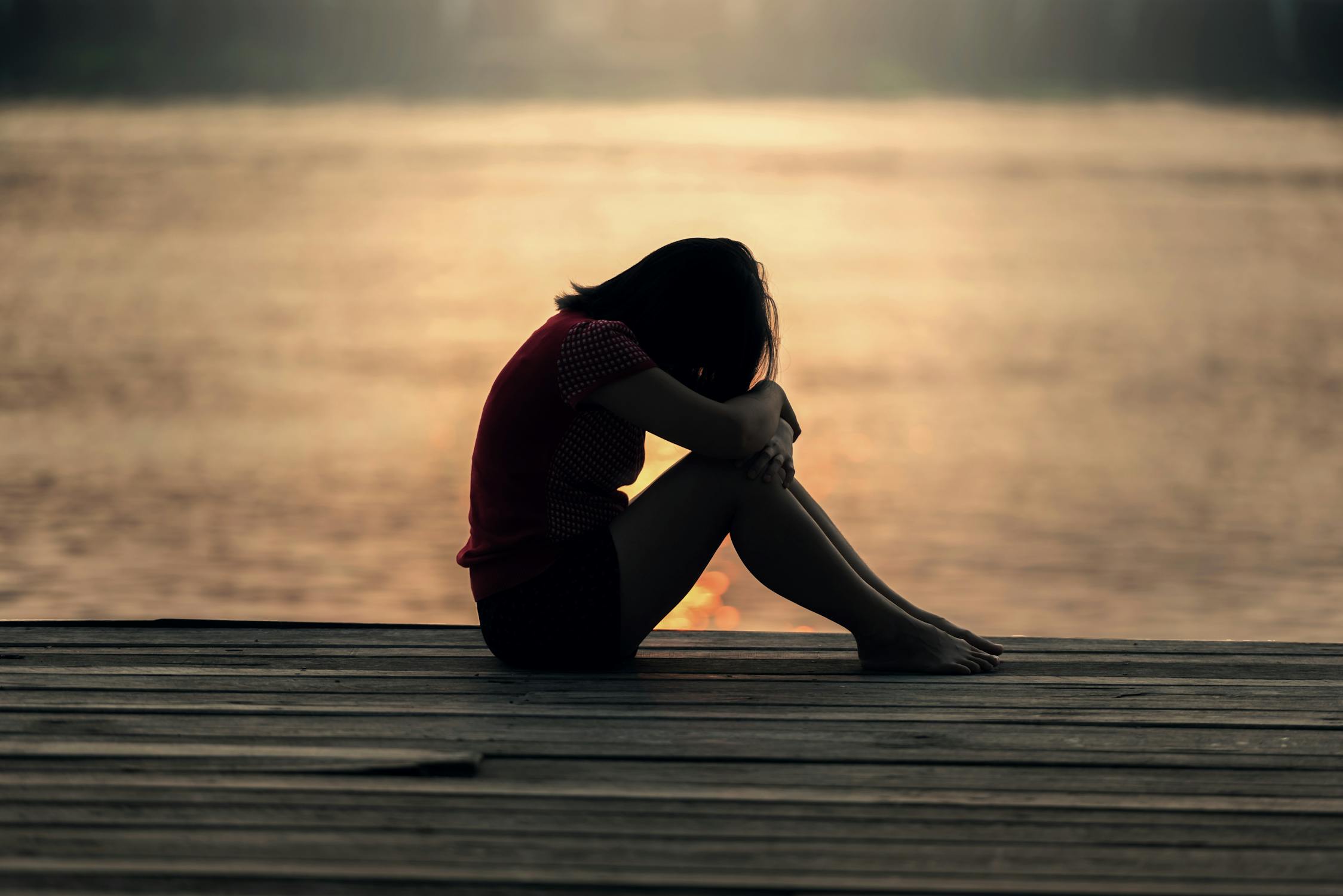As the clock strikes midnight on New Year's Eve, Europe awakens to a tapestry of traditions that mark the commencement of January 1st. Each country embraces the first day of the year with unique customs, reflecting a blend of cultural heritage, regional flavors, and shared joy. In this journey across Europe, we explore the diverse and captivating traditions that shape the dawn of a new year in Romania, Czech Republic, Denmark, Italy, England, Germany, and Spain.
Romania: A Tapestry of Folklore and Fortune
In Romania, the first day of the year is steeped in folklore and superstition. One intriguing tradition is the "Capra" dance, where performers adorned in colorful costumes and masks mimic the movements of a goat, symbolizing the expulsion of malevolent spirits. It's a lively spectacle that captivates both locals and visitors.
As the new year unfolds, Romanians engage in a unique custom known as "Sorcova." Youngsters visit neighbors and relatives, reciting well-wishing verses and gently tapping them with a decorated stick. This act is believed to bring good luck and prosperity for the year ahead.
Czech Republic: A Symphony of Fireworks and Feasts
In the Czech Republic, the first day of the year is celebrated with a grand display of fireworks that illuminates the night sky. The spectacle is not only a visual feast but also a collective expression of joy and anticipation for the possibilities of the coming year.
Czechs also embrace the tradition of "Dinner for Good Luck." The first meal of the year often includes lentils, a symbol of prosperity, and pork, representing progress and wealth. Families gather around tables laden with traditional dishes, sharing laughter and creating lasting memories.
Denmark: Leaping Into the New Year
Denmark welcomes the new year with a unique and exhilarating tradition known as "Gå På Skattejagt." Translated as "Go On Treasure Hunt," this custom involves crafting intricate clues that lead participants on a journey to find a treasure hidden by the host. It's a playful and engaging way to commence the year with a spirit of adventure and camaraderie.
Additionally, Danes partake in the tradition of leaping off chairs at the stroke of midnight. As the clock chimes, family and friends climb onto chairs and jump into the new year together. It's a symbolic act of leaving behind the old and embracing the new, both literally and figuratively.
Italy: A Symphony of Bells and Red Underwear
In Italy, the first day of the year is accompanied by the enchanting sound of church bells ringing at midnight. The pealing bells are believed to dispel negativity and welcome a year filled with positivity and good fortune.
Italians also have a curious tradition related to the choice of undergarments. Wearing red underwear on New Year's Eve is believed to bring love, luck, and fertility. Shops abound with red lingerie in the days leading up to the new year as Italians prepare to embrace this quirky yet charming custom.
England: First-Footing and Auld Lang Syne
In England, the tradition of "first-footing" takes center stage as the clock strikes twelve. The first person to enter a home after midnight, known as the "first-footer," is believed to bring good luck for the coming year. This visitor often carries symbolic gifts like coins, bread, and salt, representing wealth, food, and flavor.
No New Year's Eve celebration in England is complete without the singing of "Auld Lang Syne." This classic Scottish song, penned by Robert Burns, is sung with gusto as revelers join hands, creating a poignant and nostalgic moment that transcends time.

:max_bytes(150000):strip_icc()/Dua-Lipa-2-af136cf23baf41f184b71a4fd1dba31c.jpg)




